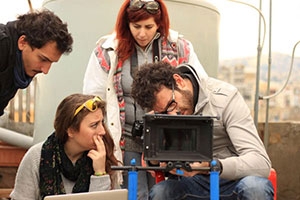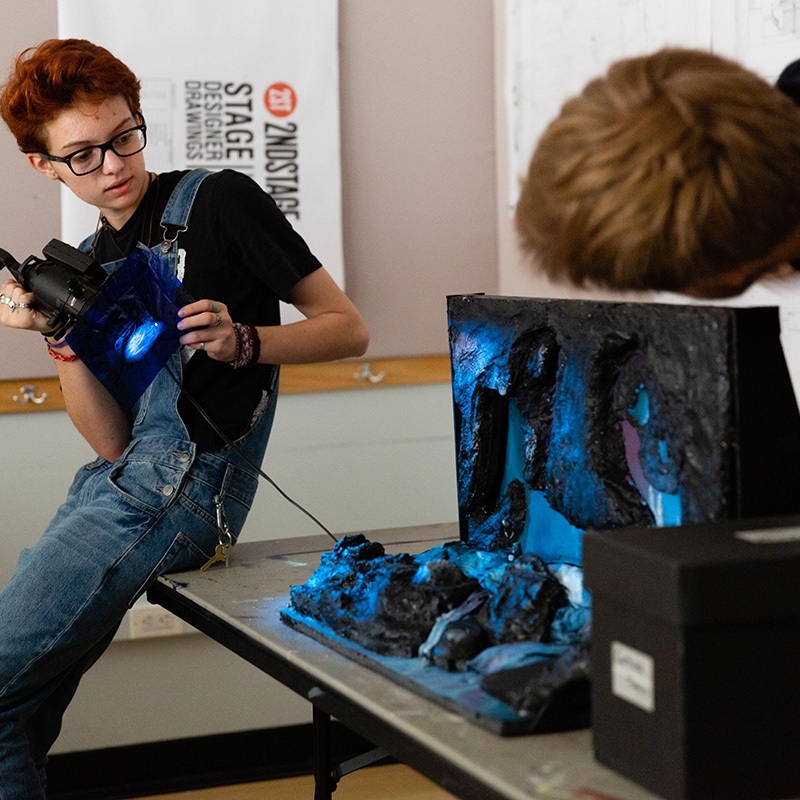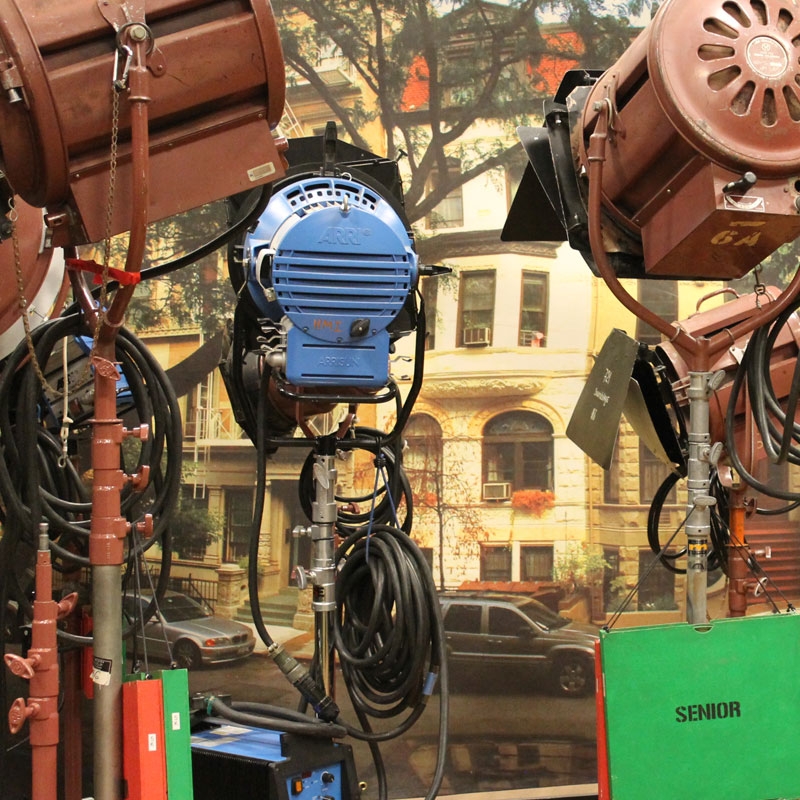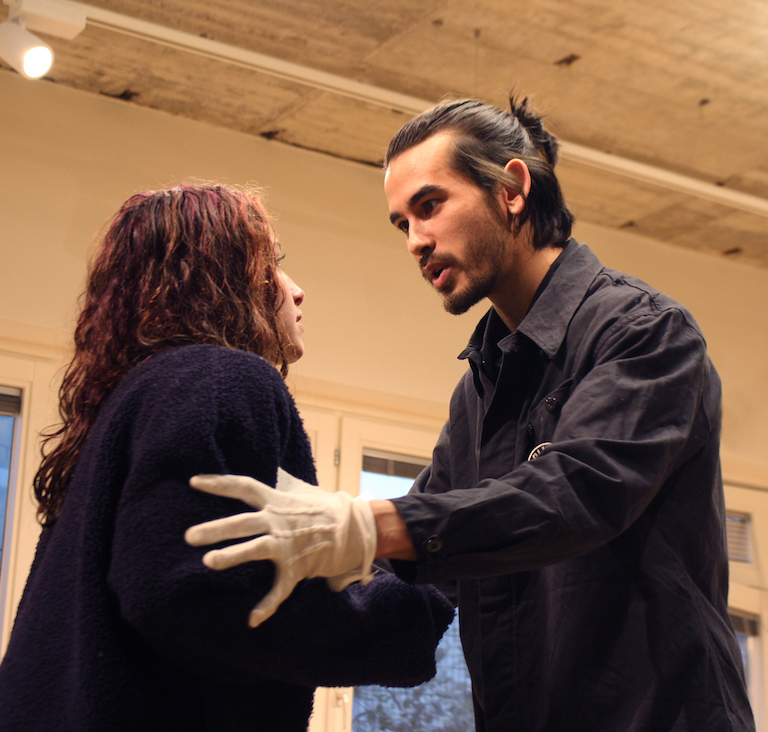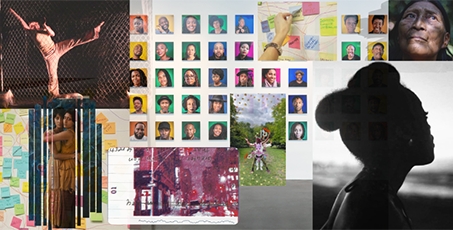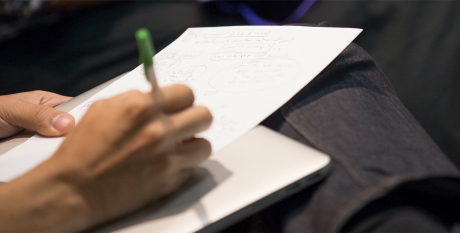Disaster Preparedness and Recovery Workshop Resources
Presentation, by Kara Van Malssen
Photos
Bibliography
Disaster Recovery Service Providers
National Film and Sound Archive of Australia, "Disaster Planning"
Getty Conservation Institute, "Building an Emergency Plan: A Guide for Museums and Other Cultural Institutions"
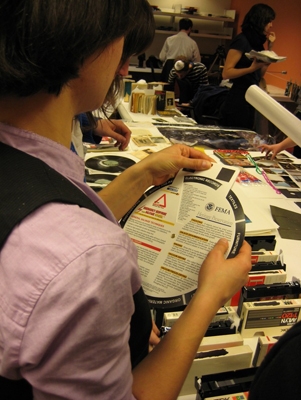
This past February, MIAP students participated in an all–day workshop on Disaster Planning and Recovery led by Kara van Malssen (MIAP '06). Kara has been involved in drawing attention to the issue of disaster preparedness for moving image and sound collections since she was a student in the MIAP program, serving as the principle researcher on a project funded by NYU's Center for Catastrophe Preparedness and Response to examine the experiences of collecting institutions and individuals affected by Hurricane Katrina. Her master's thesis was entitled "Disaster Planning and Recovery: Post–Katrina Lessons for Mixed Media Collections."
The workshop aimed to make participants aware of the risks to cultural collections and to review the components of successful disaster response, salvage and recovery. Designed as a resource not only for students, but also for archivists, individuals and organizations working with materials of personal, cultural, or financial value, the workshop provided practical advice on writing and improving disaster plans, as well as on how to reduce risks and to mitigate the effects of disasters when they happen.
The day began with a comprehensive presentation on the basics of planning for both short- and long-term disasters. We learned about methods for assessing risks, ways to minimize potential damage via proper storage, and what supplies and resources to have ready in advance of a disaster. We were also given instruction on the steps involved in putting together a response team, developing a triage system for salvage, and common stabilization and drying techniques. As a case study, Kara shared some of the first-hand lessons learned from her work with institutions and individuals in New Orleans during the aftermath of Hurricane Katrina. After the presentation, we had the opportunity to discuss aspects of planning and recovery as a group.
In the afternoon, we participated in a complex disaster scenario, which involved buckets of water-logged materials and MIAP faculty and staff brilliantly cast in the roles of harried curators, upset collectors, and sensationalizing reporters from the press. We, the students, were charged with organizing ourselves into a response team to recover an assortment of damaged videotapes, 16mm films, books, photographs, audiocassettes and other objects using a variety of available supplies and tools. As we hung, blotted, and spread our wet materials out on covered tables, the faculty/staff actors introduced complications into the scenario, giving us a better understanding of the stressful circumstances under which recovery efforts often take place.
The day ended with a short debriefing that allowed us to reflect on the successes and failures of our staged attempt at disaster response and recovery. For our further edification, we were provided with a package of documents, guidelines, and a disaster planning bibliography to take home. In all, the day was extremely informative and educational (and fun!), covering an important but often overlooked area in our profession.
—Yvonne Ng, MIAP Class of 2008
